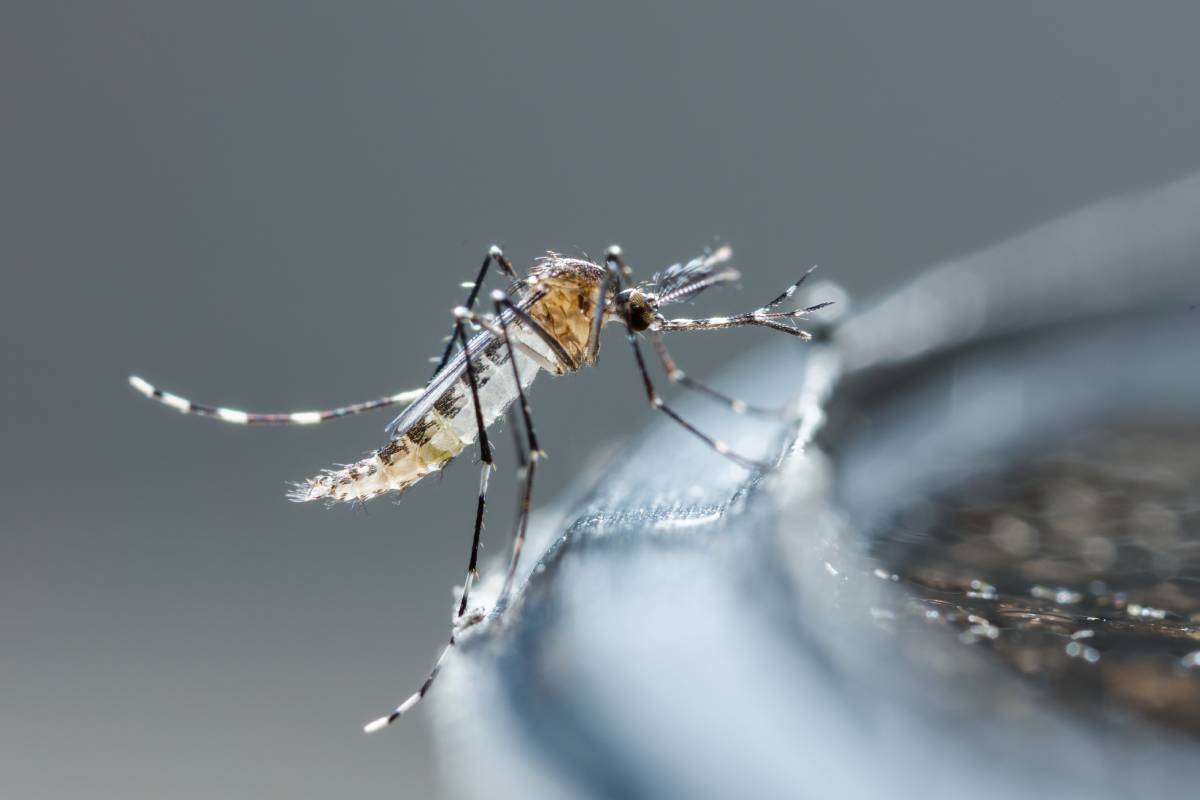Q&A Podcast: The Possibilities of Cas-CLOVER and piggyBac

Figure 1: A mosquito landing on the edge of a container
This GENcast is part 2 of a 3-part series on Cas-CLOVER. Check out Part 1 of the series, “Advanced Alternatives to CRISPR/Cas9” by checking out our previous blog.
The mosquito is responsible for over 700,000 deaths worldwide and causes billions of dollars of economic burden. Sponsored by Demeetra, CEO Jack Crawford sat down with Drs. Molly Duman Scheel and Corey Brizzee to discuss Demeetra’s latest collaboration to engineer biopesticides against mosquitoes. Using both Cas-CLOVER and piggyBac, Dr. Brizzee and his team turned Dr. Scheel’s RNAi-based biopesticide into a stable, scalable yeast strain that may one day facilitate the global distribution of this new mosquito control intervention. Listen to the full podcast below or listen on GEN’s website.
Podcast Guests:

Molly Duman Scheel, PhD
Professor, Medical and Molecular Genetics
Indiana University School of Medicine – South Bend

Corey Brizzee, PhD
Director of Gene Editing
Demeetra
Resources
Learn more about our Cas-CLOVER technology
Learn more about our piggyBac technology
Peer-Reviewed Publications
This collaboration between Indiana University School of Medicine and Demeetra AgBio has resulted in two peer-reviewed publications in Journal of Fungi’s special issue “Development and Utilization of Yeast Resources” and Fermentation’s special issue “Advances in Yeast Biotechnology from Genomics to Industry”
- Brizzee, et al. (2023). Generation of a Culex Male Mosquito Sex-Separation RNAi Yeast Strain Using Cas-CLOVER and Super PiggyBac Engineering in Saccharomyces cerevisiae. Published in Fermentation. Link
- Brizzee, et al. (2023). Targeting Mosquitoes through Insecticidal RNAi Yeast Strain Using Cas-CLOVER and Super piggyBac. Published in the Journal of Fungi. Link
